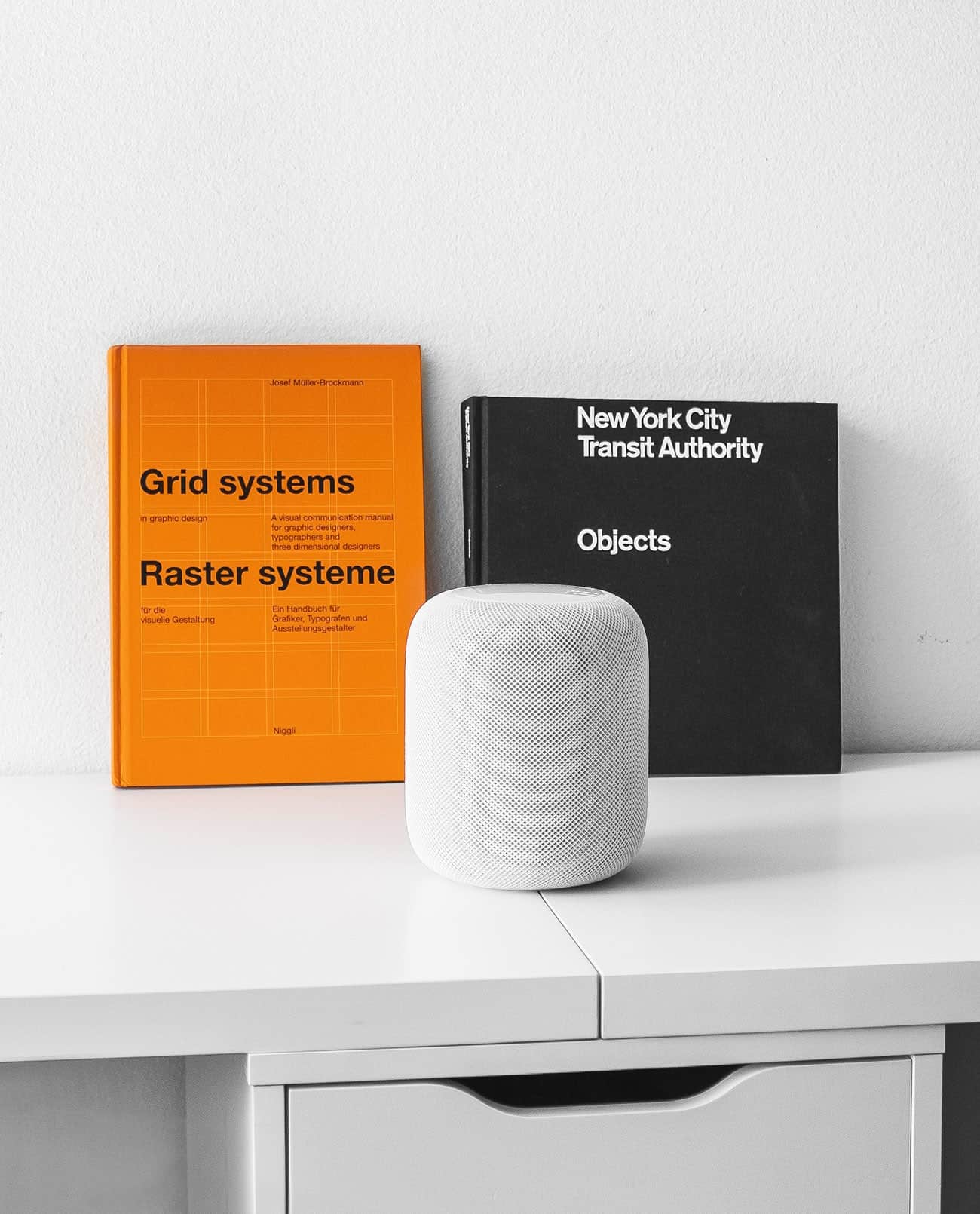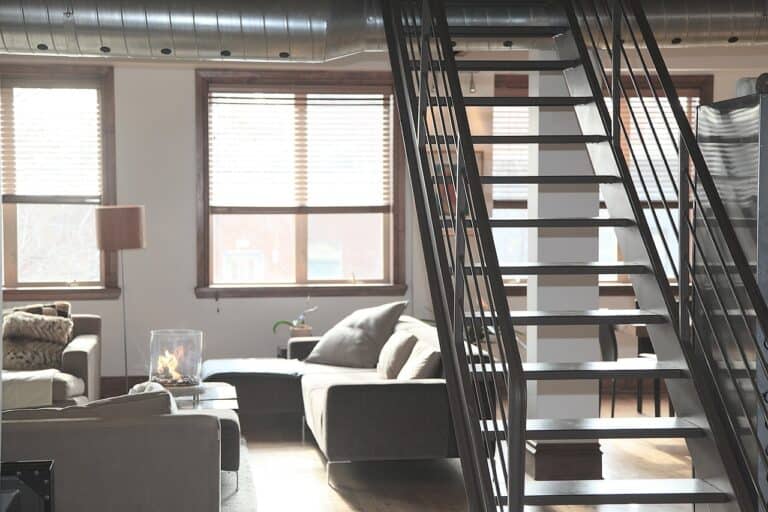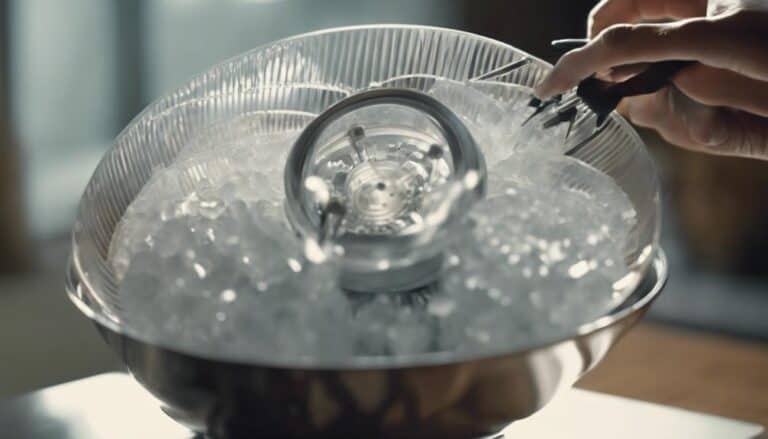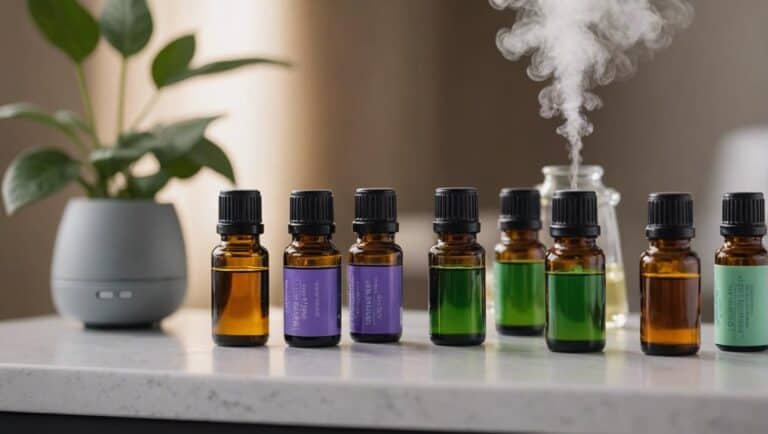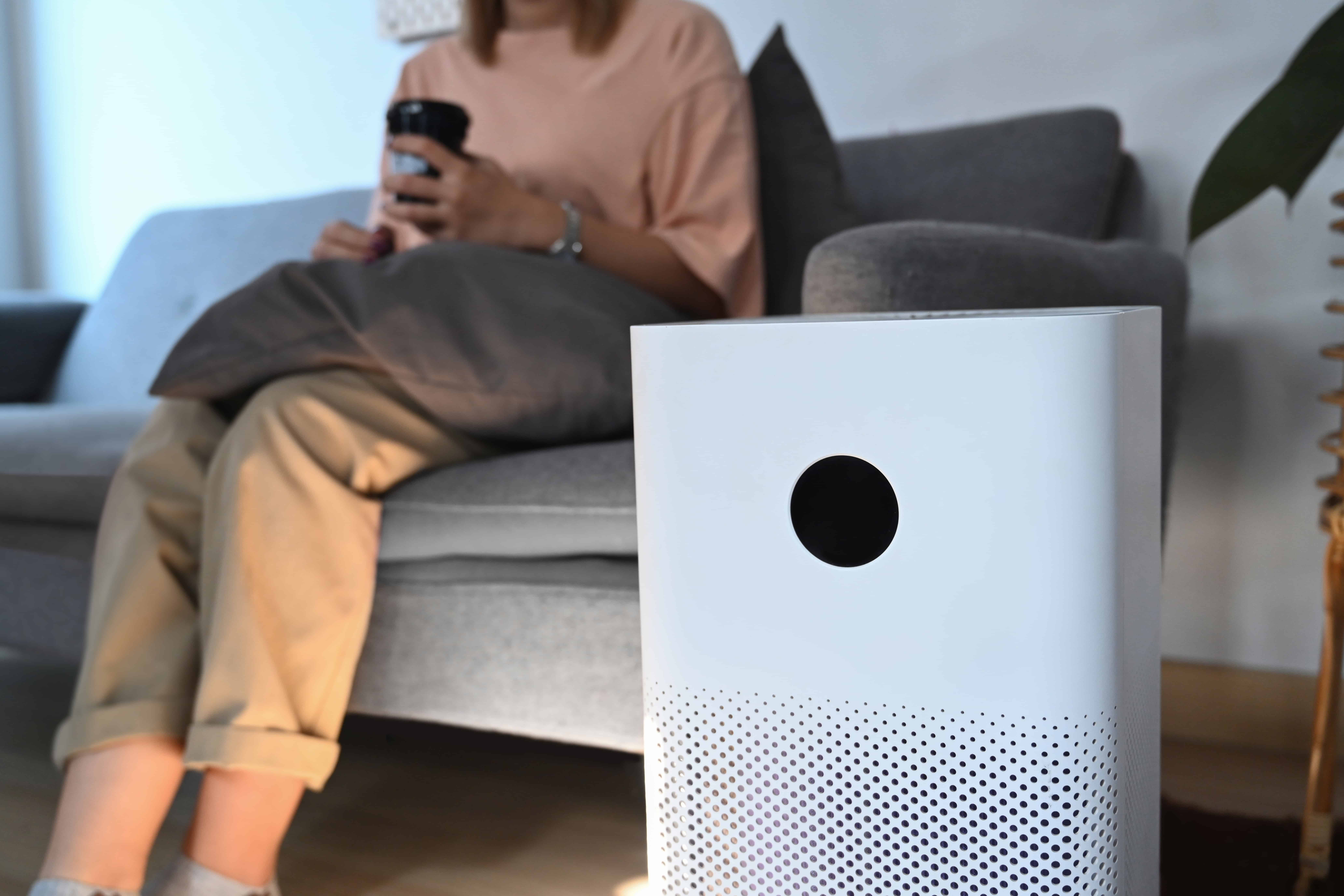Does Air Purifier Help Allergies?
The air purifier is an essential item in the home, especially if you have children or pets. It helps protect them from airborne irritants and pollutants that are present in our environment. The primary function of an air purifier is to filter the air of dust, pollen and mold particles.
Can An Air Purifier Help With Allergy Symptoms?
Your allergies may be triggered by dust mites, pollen, mold spores or other airborne irritants. While it’s impossible to rid the world of these triggers all together, you can use an air purifier to help reduce your symptoms of allergy and asthma by providing cleaner indoor air.
Air purifiers clean the surrounding air in a specific space using filters that remove pollutants from circulating in the area. The most common type relies on a filter that captures large particles like dust and pet dander while passing oxygen through.
In addition to traditional HEPA (High-Efficiency Particulate Air) filters, there are several other options including UV light units which kill bacteria and viruses as well as ozone generators which convert O2 into O3 molecules with antimicrobial properties—which then get released back into the room for additional disinfection.
How do air purifiers help with allergies?
Air purifiers can capture some of these particles, and therefore, air purification is often recommended as a component of environmental improvement for patients with allergic respiratory disease.
However, there is very little medical evidence to support that air purifiers help directly to significantly reduce allergies or respiratory symptoms. The reports directly from patients/parents/carers about positive results from using air purifiers are scarce, and there is a need for larger randomized control trials to be able to scientifically prove the true effectiveness.
So although anecdotal reports exist, there is little in the way of medical or scientific evidence to prove that air purifiers help those with allergies.
Many people get relief by simply keeping their windows closed (if they live near traffic). Others find it helpful not just to have an AC but also use high efficiency particulate arrestance filtration on their AC unit. This helps ensure no allergens are pulled into your home when you run the AC.
Another alternative would be HEPA filtered central units which clean allthe air coming into your home and then pump it back out.
What to Consider When Shopping for an Air Purifier
For healthy indoor air, you need an air purifier that effectively cleans a given space’s cubic feet per minute (CADR). CADR is the measurement of clean air delivered by an appliance.
The higher the CADR value, the cleaner the air in your home or office and fewer pollutants will be released back into your home when you operate it.
There are two ways to measure how well an air purifier works: 1) fan speed – measured as decibels (dB), which indicates how quiet or loud it is; and 2) clean air delivery rate (CADR), which measures cubic feet of output airflow per minute.
Look for one with a high CADR rating—this way you can rest assured that the device has enough power to tackle large spaces like family rooms, bedrooms, offices and other indoor areas where there may be lots of airborne particles.
Whole-House Systems
The new air cleaners are not as effective at cleaning the air in your home as you might think. They generally remove only large particles, such as pollen and dust mites.
Newer high-efficiency particle (HEPA) filters can filter out microscopic allergens—the most common cause of indoor allergies. But they don’t eliminate them permanently from the room, just trap them temporarily inside the machine until it is time to change or clean its filters.
HEPA filtration doesn’t significantly reduce chemicals, gases and vapors that may be triggers for allergy and asthma symptoms.
Room Air Cleaners
If you have a central HVAC system and the manufacturer of your unit recommends using its own filters, it’s important to replace them regularly.
– When properly sized, furnace filters can improve indoor air quality. They trap most particles larger than 2 microns in size that are present in exhaust from furnaces, stoves and fireplaces.
And because they remove these particles before being passed back into the home through ductwork, furnace fumes aren’t recirculated into living spaces.
Furnace filters also capture some allergens like pollen and mold spores—so with regular use they help reduce asthma symptoms as well as eye irritation caused by dust and pet dander.
An air purifier can also help remove odors
No one wants to live in a home with foul odors. Fortunately, there’s an easy solution: air purifiers that capture and remove odor molecules from the air.
While these appliances are not designed specifically for removing odors, they can work well if you combine them with a carbon filter that removes smaller particles of dust and pollen.
What makes this approach effective is something called “adsorption”—the particles stick to the filters instead of floating around in the air until someone opens a window or turns on an exhaust fan.
The downside is that it takes time for all of the room’s stagnant air to circulate through your purifier before most smells disappear (typically about 60 minutes).
However, this method is better than using charcoal-filled bags or candles as some people do because those items only mask ambient smells without actually eliminating them completely.
To keep an air purifier working well, remember to regularly check its filters
Submerge the HEPA filter in the basin, and allow it to soak for about 10 minutes.
Rinse the filter thoroughly under running water, taking care not to bend or twist it during washing. Air-dry your cleaned filter before returning it to your air purifier:
1) Lay a towel on a flat surface
2) Unfold one edge of the dampened HEPA filter
3) Place the wet side of he filter on top
4) Fold up every other corner of towel over
5) Roll up from one end to another until all 5 corners are tucked inside
6). Gently push out any excess water
7). Allow time for air drying
8). Return clean HEPA filters back into place
Conclusion
If there are allergens in the air in your home or workplace, they can be carried into your lungs when you breathe. Airborne particles such as dust mites, mold spores and pet dander can irritate your respiratory system causing symptoms of allergies like sneezing or coughing.
And if not properly managed these symptoms can lead to more serious conditions like asthma attacks or chronic coughs which require medical intervention by doctors and/or medications to relieve their symptoms such as steroids (which may cause weight gain) or antibiotics (which can have side effects).
